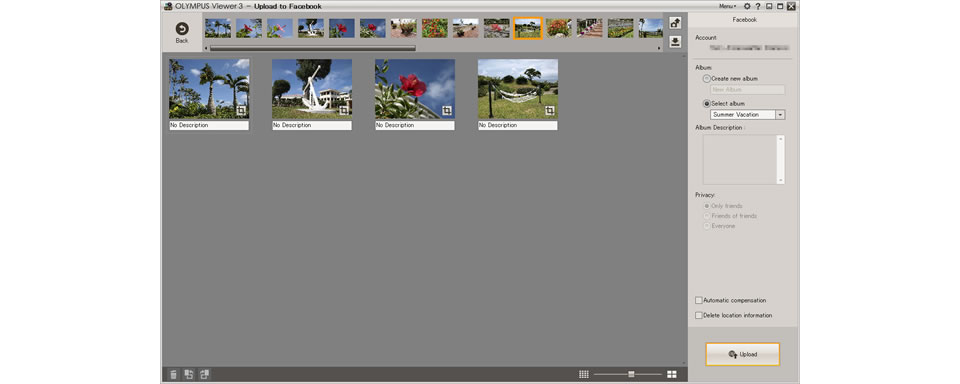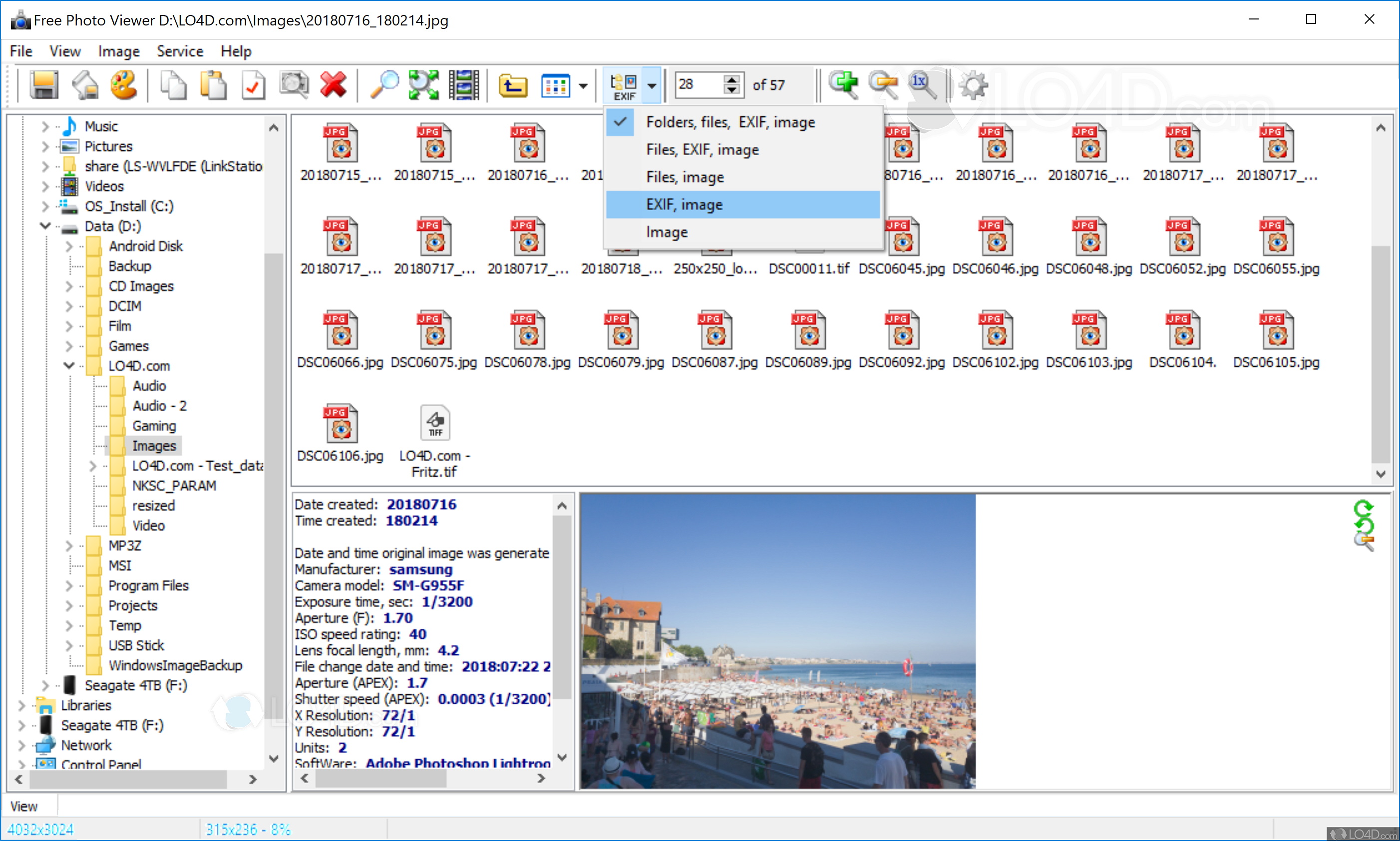

That's the only time you may use 100% to 400% image viewing, all the rest of the time never go past 50% to get a better idea of what a result may look like when viewed up close.
PROCESSING RAW OLYMPUS VIEWER 3 SOFTWARE
Often fine tuning the white balance helps, check whether the camera WB or the software computed WB is best and then maybe offset it a bit to your taste, usually a tiny bit warmer than actuality makes things "nicer".įine tune the noise reduction and sharpening to suit the end use of the image. Usually there's basics like setting white and black points (if those 'colours' are present in the image and can be sampled easily), and also fiddling gamma or contrast or setting mid grey (if that's an option and something mid grey is present) and fiddle saturation and maybe get into geometric issues where you can fine tune the barrel and pincushion distortion, correct the vertical or horizontal perspective if using very wide angle lenses, reduce or eliminate purple or green etc fringes.

Looks as though consulting something not specific to OV will be necessary for more in depth info. The link you provide Allan probably comes closest to being a tutorial, though it is intentionally limited and I think it goes overboard in dismissing the program-and OV3 is better of course. Thanks all for the comments, links and suggestions.

Process Raw ORF Images In Olympus Viewer 2 This is for OV2, but a lot of it should be similar in OV3:
PROCESSING RAW OLYMPUS VIEWER 3 PLUS
By keeping the RAW you can always come back to favourite images later and possibly do a better job, plus of course RAW converters are getting better and better as the years plod by. The main thing is not to get too anxious about RAW conversions, let OV3 (or any other converter) do what it thinks is the way it should be then see what you think may be wrong (too bright, too dim, whites not white, blacks not black etc etc) and then adjust one thing at a time until you get something that you like better than the camera jpeg or the converter default. I try it on/off a few times to see what I like then maybe manually adjust to something in between, or just let it happen as it does better than the in-camera matrix metering. One thing I like about Silkypix is an auto "metering" button that analyses the image and comes up with what it thinks is the best adjustment to exposure to keep whites white etc. In my case slowly zeroing in on an E-PL5 set that I like, lots of fiddles like backing off the green (Silkypix just lurves to make green into GREEN) and backing off red as the Sony sensor seems a bit red enthusiastic. Once a happy set of adjusts is created then a custom Taste is written to be able to apply anytime later to any RAW. But it's too darn expensive at something like US$265 now, should be maybe a bit less than half that. In my case I find Silkypix easiest to use, very much a run down the adjustments top to bottom thing with extra sliders everywhere for everything if needed.

The most important bit is to have a calibrated IPS monitor, otherwise it's all a bit hit and miss as to what you get. Anyway start here and maybe it's of some help. Oly Oz started some basic help but seemed to fizzle out before they got to really helpful stuff, like how best to get results that you like. I'm especially interested in extracting as much fine detail as possible, as well as controlling noise and recovering underexposed shots. If there is nothing detailed relating to that specific program, perhaps some might have recommendations for an introductory tutorial regarding raw processing in general? I have never really processed raw files before for various reasons, and need some guidance as to what I can do that will give me things I cannot get from shooting JPEG. I learned a fair bit by fiddling around with the program, but was hoping there might be some sort of detailed tutorial (PDF, webpage, book, video, whatever) on using the program, especially as a raw processor. I've been experimenting with Olympus Viewer 3 for processing raw shots with my E-M1.


 0 kommentar(er)
0 kommentar(er)
